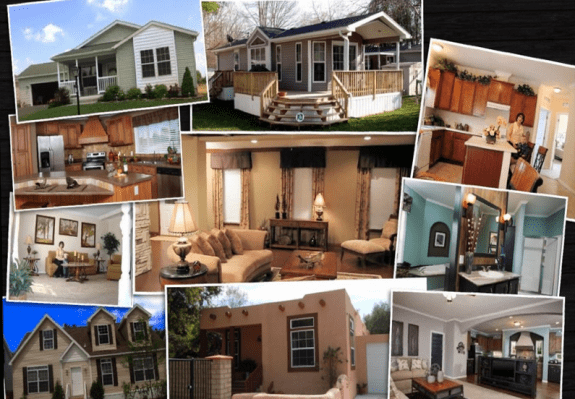
- 1928-1940 travel trailer
- 1941-1954 house trailer
- 1954-1976 mobile home
- June 15, 1976 to present, manufactured housing
Writing in manufacturedhomelivingnews.com, Ken Haynes, Jr., involved in the MH industry for many years and one time president of the New Mexico Manufactured Housing Association (NMMHA), correctly states the sense of community in an MHC is greater than in traditional site-built subdivisions, a trait MHProNews understands and supports.
Wallis says while Henry David Thoreau bucked the trend of having a home just like your neighbors, R. Buckminster Fuller in the mid-1930’s suggested homes should be built in factories that would then be leased, eschewing the notion of a home tied to the land, suggesting they should be as mobile as the population. Noting almost ten percent of the population was living in mobile homes in 1984, he says in 1982 over 36 percent of all new single-family homes and over 80 percent of all new housing selling under $35,000, were manufactured homes.
The original travel trailers were often made in back yards from spare parts and plywood, and provided an alternative to tents and emerging motels as a home-away-from-home, reflecting the freedom and independence associated with the automobile. Skilled construction workers were known to use them to travel from job to job. The increase in the number of trailers gave rise to the advent of trailer parks, typically mom and pop operations where the sites were 30 feet square with a water hook-up and shared bath and toilet facilities, and the owner lived in a house on site. In 1937, Blackburn Sims wrote in The Trailer Home, if you don’t like your neighbors, the scenery, the weather, you simply move on. Some people boarded up their trailers for the winter, but that was the onset of people using city space and utilities without supporting the tax base.
World War II witnessed the emergence of the house trailer, as the government needed housing to support war materials production, sometimes in remote areas, and it became the largest purchaser of trailers, often building what became the boomtown trailer parks. Many of these residents were often more affluent construction workers and military personnel. By 1948, with a housing shortage that grew because of the diversion of resources to the war effort, over seven percent of the U. S. population was living in trailers, then seen as an alternative to a boardinghouse.
While a 1945 editorial in Trailer Travel Magazine called trailerites the true Americans for being self-sufficient and independent, taking their homes with them, after the war there was also resistance to increased trailer park living following the publication of a book called Trailer Camp Slums by Alexander Wellington, in which he called them a menace to the American way of life. However, a study sponsored by the Girl Scouts revealed a strong sense of community and family solidarity that accompanied trailer life. For the full article, please click here.##
(Image credit: manufacturedhomelivingnews.com)

























